Red Spruce (Picea rubens), commonly referred to as eastern spruce, yellow spruce, or red spruce, belongs to the Pinaceae family and the species rubens. Native to Eastern North America, this woody evergreen is also called “épinette rouge” by French Canadians, a nod to its striking reddish bark. Known for its adaptability and graceful form, red spruce is a cherished tree in both natural and cultivated landscapes.
| Common name | Eastern Spruce, He Balsam, Pocono, Red Spruce, West Virginia Spruce, Yellow Spruce |
| Botanical name | Picea rubens |
| Family | Pinaceae |
| Species | rubens |
| Origin | Eastern North America |
| Life cycle | Woody |
| Plant type | Native Plant |
| Hardiness zone | 2, 3, 4, 5 |
| Sunlight | Deep shade |
| Soil condition | Clay |
| Soil ph | Acid |
| Drainage | Well-Drained |
| Growth rate | Medium |
| Spacing | more than 60 ft. |
| Harvest time | Fall |
| Flowering period | Spring |
| Height | 6- 70 ft. |
| Leaf color | Gold, Yellow |
| Fruit color | Brown, Copper |
| Stem color | Brown, Copper |
| Leaf benefit | Fragrant |
| Garden style | Butterfly Garden |
| Uses | Lawn |
I. Appearance and Characteristics
Picea rubens, commonly known as red spruce, is a species of spruce native to eastern North America, ranging from eastern Quebec and Nova Scotia, west to the Adirondack Mountains and south through New England along the Appalachians to western North Carolina. This species is also known as yellow spruce, West Virginia spruce, eastern spruce, and he-balsam. Red spruce is the provincial tree of Nova Scotia.
Red spruce is a perennial, shade-tolerant, late successional coniferous tree that under optimal conditions grows to 18–40 m (59–131 ft) tall with a trunk diameter of about 60 cm (24 in), though exceptional specimens can reach 46 m (151 ft) tall and 100 cm (39 inches) in diameter. It has a narrow conical crown. The leaves are needle-like, yellow-green, 12–15 mm (15⁄32–19⁄32 in) long, four-sided, curved, with a sharp point, and extend from all sides of the twig. The bark is gray-brown on the surface and red-brown on the inside, thin, and scaly. The wood is light, soft, has narrow rings, and has a slight red tinge. The cones are cylindrical, 3–5 cm (1+1⁄4–2 in) long, with a glossy red-brown color and stiff scales. The cones hang down from branches.
Red spruce grows at a slow to moderate rate, lives for 250 to 450+ years, and is very shade-tolerant when young. It is often found in pure stands or forests mixed with eastern white pine, balsam fir, or black spruce. Along with Fraser fir, red spruce is one of two primary tree types in the southern Appalachian spruce-fir forest, a distinct ecosystem found only in the highest elevations of the Southern Appalachian Mountains. Its habitat is moist but well-drained sandy loam, often at high altitudes. Red spruce can be easily damaged by windthrow and acid rain.
Notable red spruce forests can be seen at Gaudineer Scenic Area, a virgin red spruce forest located in West Virginia, the Canaan Valley, Roaring Plains West Wilderness, Dolly Sods Wilderness, Spruce Mountain and Spruce Knob all also in West Virginia and all sites of former extensive red spruce forest. Some areas of this forest, particularly in Roaring Plains West Wilderness, Dolly Sods Wilderness as well as areas of Spruce Mountain are making a rather substantial recovery.
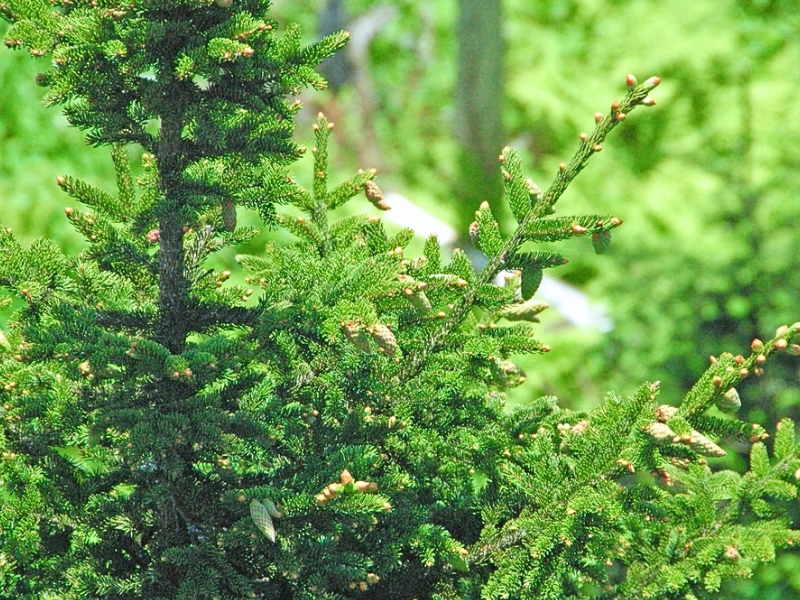
II. How to Grow and Care
Sunlight
Red spruce thrives in full sun conditions where it can receive uninterrupted daylight for the majority of the day. This optimal light intensity promotes vigorous growth and maintains the plant’s health. Red spruce is moderately tolerant to partial sun, meaning it can adapt to situations where light is filtered or obstructed for part of the day. However, under these suboptimal conditions, red spruce’s growth may be slower and the plant may exhibit less vitality. Outdoors, red spruce should be planted in locations with clear exposure to the sky, avoiding the shadow of larger structures or trees. Red spruce’s needles may exhibit adaptive traits in response to the plant’s light exposure, optimizing its photosynthetic efficiency.
Temperature
Red spruce likes cool and moist climates. The ideal temperature range for tree growth is 4 to 18 ℃. It’s hardy and tolerant of temperatures as low as -30 ℃, but young trees and tender branches are less cold-resistant.
Red spruce likes moisture, it has good adaptability and is slightly drought-enduring. During the spring and summer growing seasons, the tree prefers higher air humidity (70-80%), while in the fall and winter, lower air humidity (55-65%) can help it grow more sturdy.
Watering
Thriving in its native cool, moist montane forests, red spruce is well-adapted to environments with consistent moisture. This species exhibits a preference for moderate humidity and has a moderate drought tolerance. Care should involve watering once every 1-2 weeks, ensuring the soil remains lightly moist but not waterlogged. As an evergreen plant, red spruce maintains hydration in its needles year-round, which is crucial for surviving the varying temperatures it encounters outdoors.
Soil
Red spruce grows well in fertile, deep, well-drained, slightly acidic soils. The best soil pH range is 5.1-7.3, making both sandy soil or slightly clay-like soil good choices. As the tree grows slowly and has a long life span, the soil layer should be about 70 cm thick. If barren, the soil can be improved by adding nutrient soil or organic manure.
Fertilizing
Fertilize red spruce with balanced nutrition fertilizers for healthy growth and vigor. Apply in early spring and mid-summer at a reduced rate, adhering to manufacturer recommendations, to support the plant’s growth phase. Adjust quantity based on size and soil fertility; less for young or small red spruce, more for established ones. For safe application, keep fertilizer from direct contact with the trunk and water thoroughly post-application. Seasonal changes dictate less frequent feeding in late summer to prepare red spruce for dormancy. Novice and experienced gardeners should use a slow-release formulation to minimize risk of burn and environmental runoff.
Pruning
Red spruce has lush terminal buds. The tree usually takes on a beautiful triangular shape and does not require pruning in general. When overly pruned, its incisions secrete rosin excessively which affects the tree’s normal growth. It’s best to trim off overly dense, diseased, and dried branches during the plant’s winter dormancy. Prune and beautify the treetop in early spring when buds sprout. About 1/2 of the young branches can be pruned off to create your desired shape. For large, mature trees, it’s a good idea to prune off all the branches on the lower trunk to reduce nutrition consumption.
When growing red spruce for Christmas decorations, you need to control height and width. Prune the treetop and lateral branches appropriately short and continue to cut the newly-grown buds short, as well. Repeat this process many times. Seal pruning incisions with wax or duct tape to keep rosin from effusing.
Propagation
Red spruce primarily propagates through layering, cutting, and sowing during autumn and winter seasons. The propagation process can be moderately difficult, but success may be seen in the form of new root and shoot growth. Appropriate care and patience are essential for optimal results.
Transplanting
The best time for red spruce to switch homes is during S1-S3, as the climate conditions are supportive. A sun-dappled location with moist, well-draining soils works magic for this perennial. Remember, it appreciates careful handling during transplanting.
Repotting
Repot red spruce, a non-climbing conifer, every 2-3 years, preferably in spring before new growth starts. Choose a container only slightly larger than its root ball, to support its slow growth habit. After repotting, red spruce benefits from shade and consistent moisture to recover. Use well-draining soil and keep root disturbance minimal for this sensitive plant. Follow these steps for a robust red spruce.
III. Uses and Benefits
Red spruce is used for Christmas trees and is an important wood used in making paper pulp. It is also an excellent tonewood, and is used in many higher-end acoustic guitars and violins, as well as musical soundboards. The sap can be used to make spruce gum. Leafy red spruce twigs are boiled with sugar and flavoring to make spruce beer. Also it can be made into spruce pudding. It can also be used as construction lumber and is good for millwork and for crates.
Find Where to Buy the Best Red Spruce (Picea rubens)



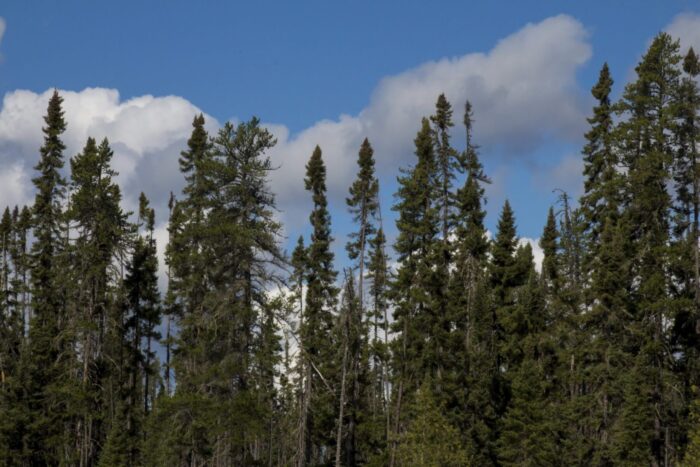
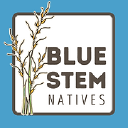



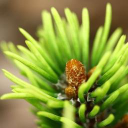
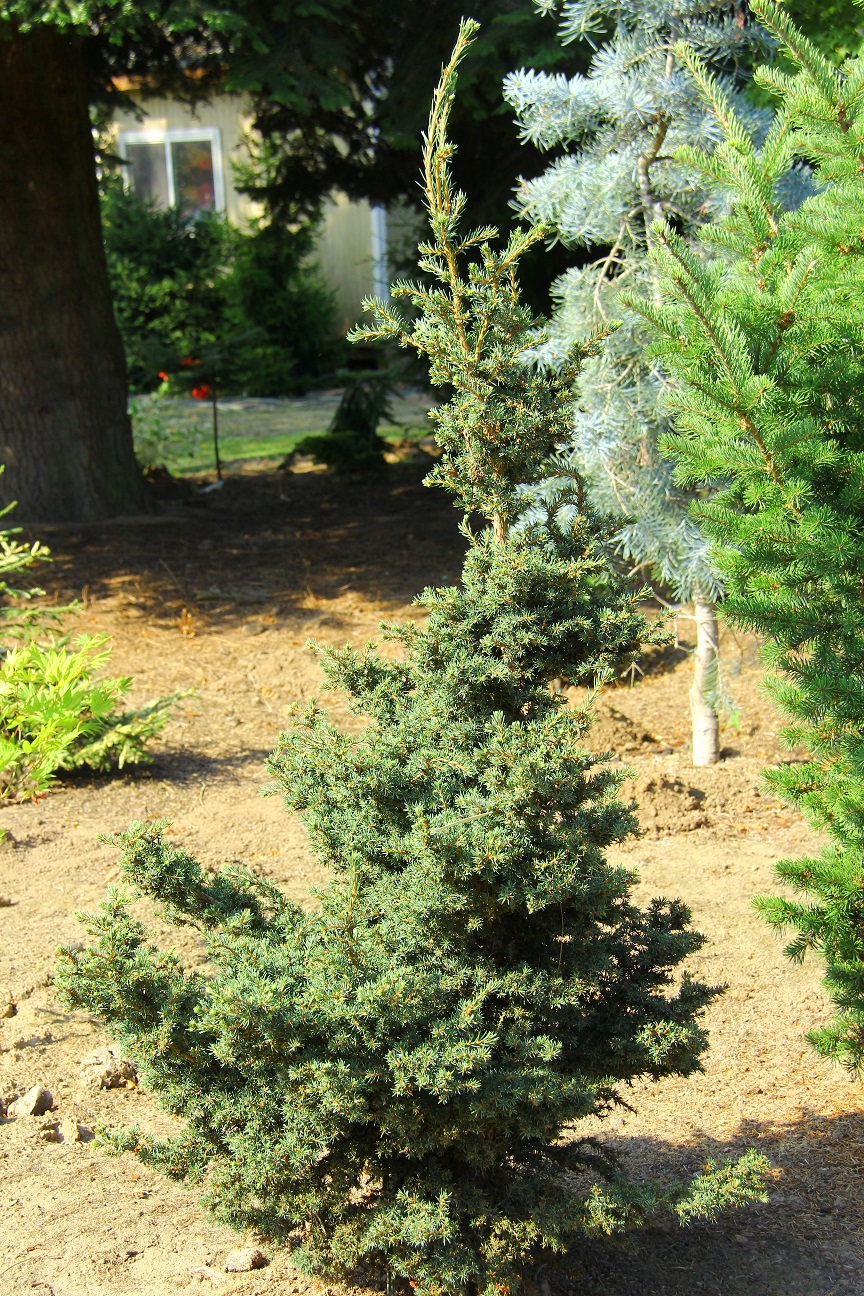
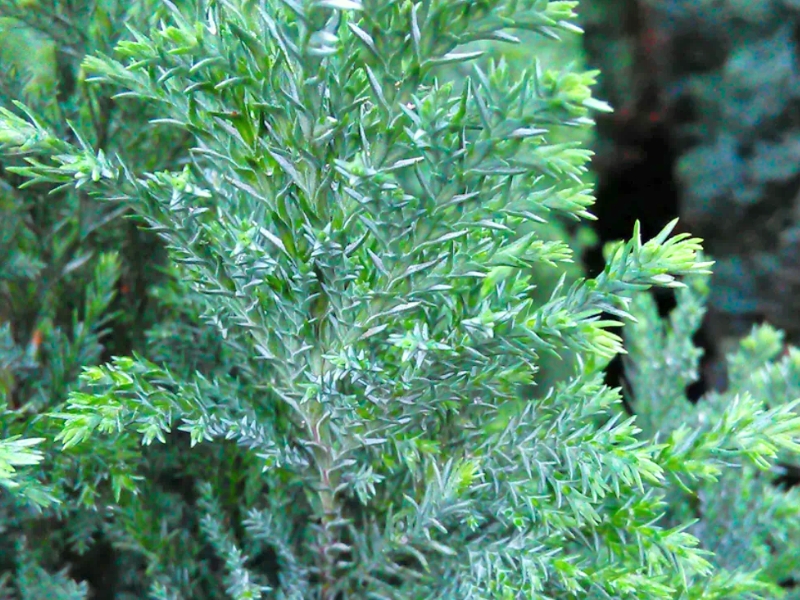

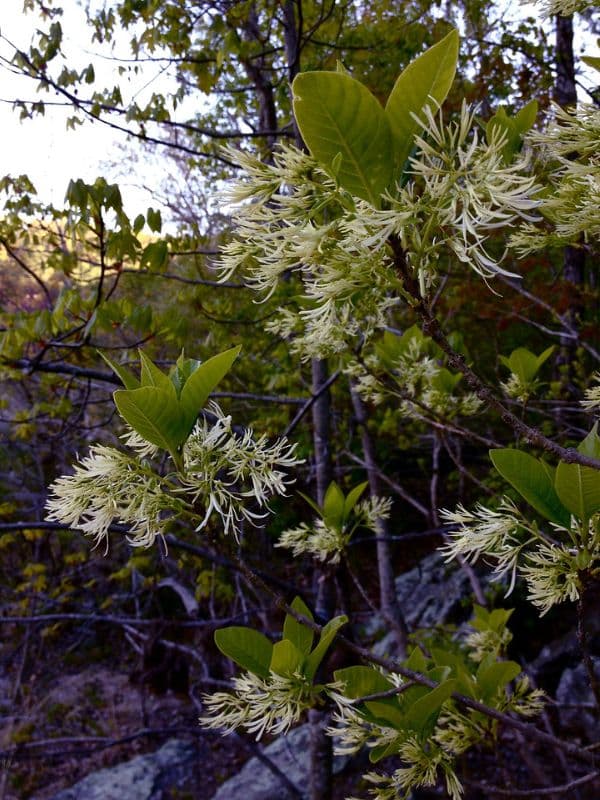
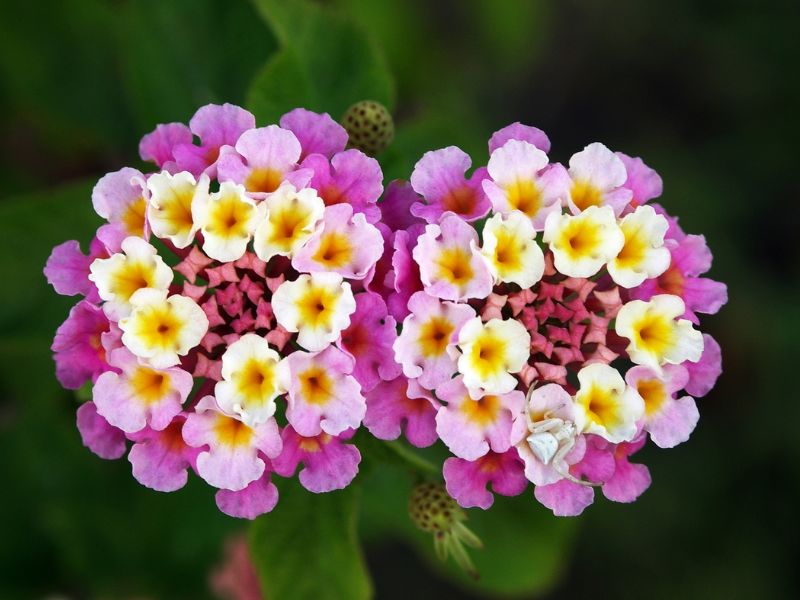
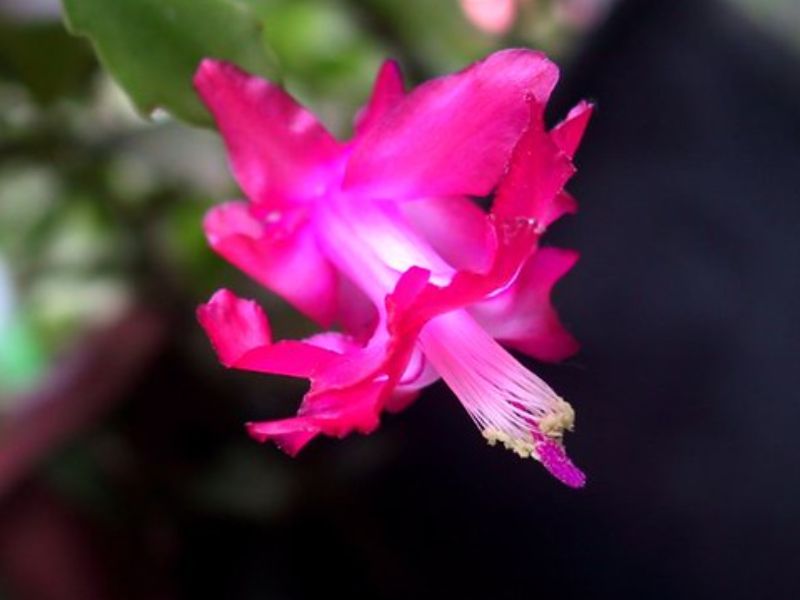
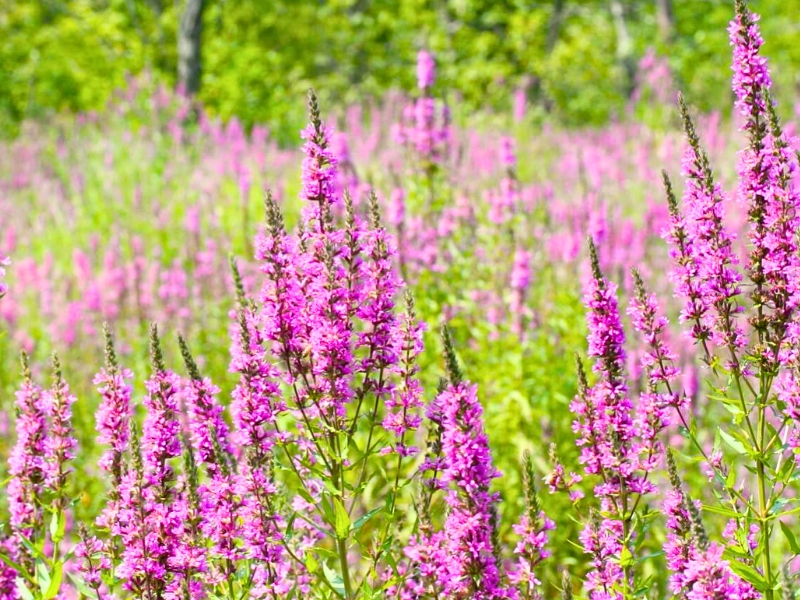
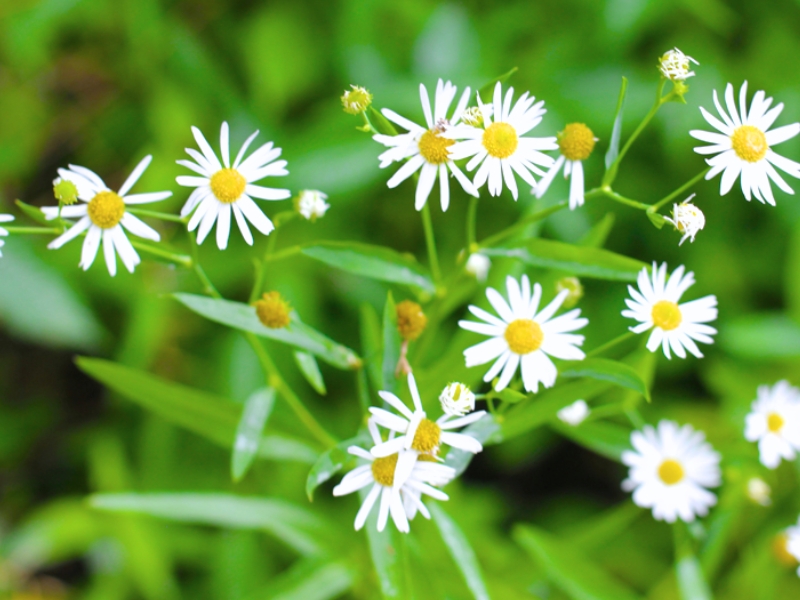
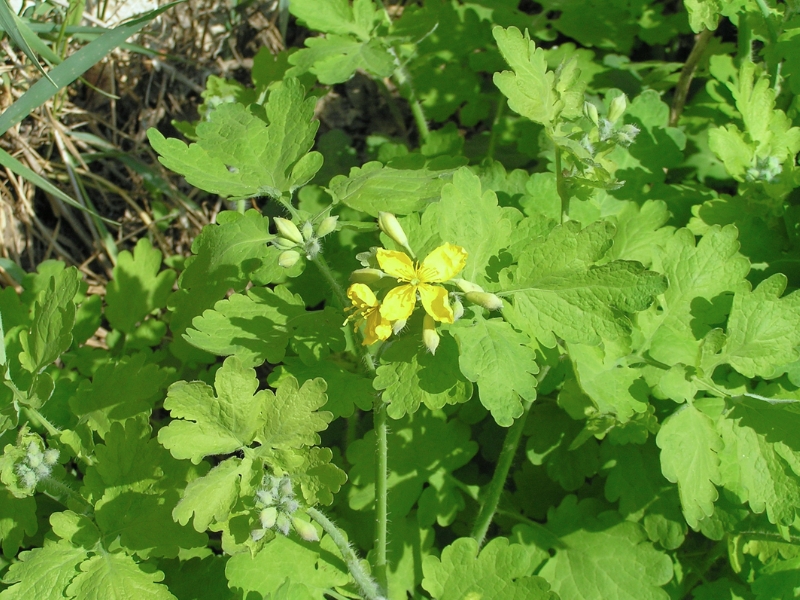
Leave a Reply